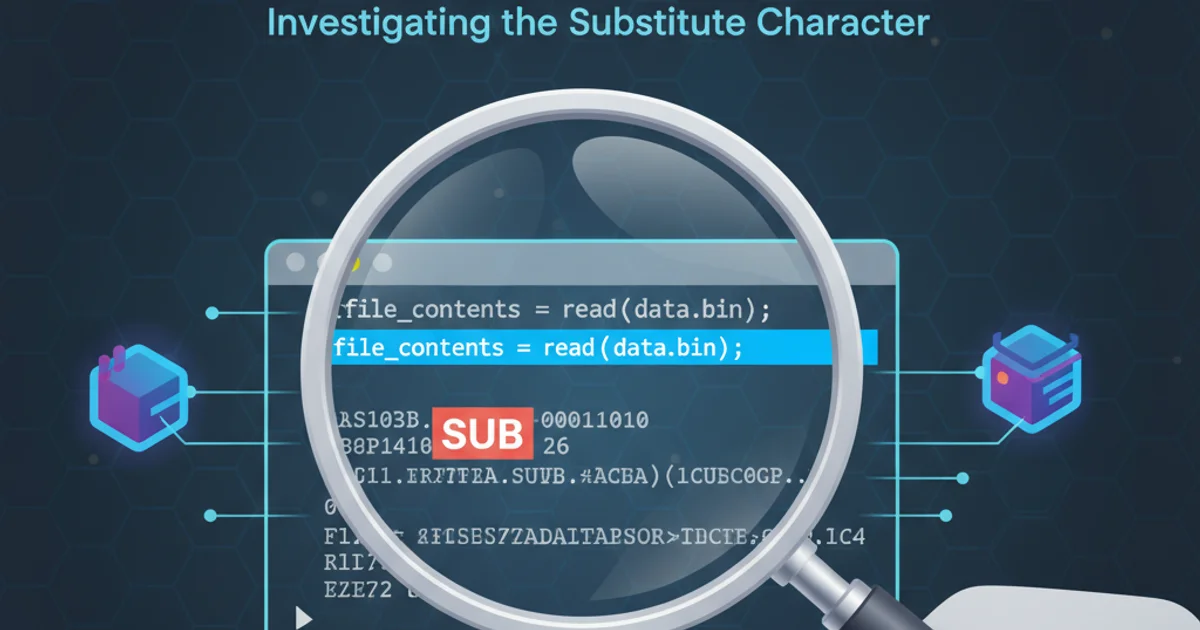move all files in a folder to another?
Categories:
Efficiently Moving Files Between Directories in PHP

Learn how to programmatically move files from one folder to another using PHP, covering various scenarios and best practices.
Moving files between directories is a common task in web development and server management. Whether you're organizing uploads, archiving old data, or processing temporary files, PHP provides robust functions to handle file system operations. This article will guide you through the process of moving all files from a source directory to a destination directory, including considerations for error handling and different file types.
Understanding the rename() Function for File Movement
In PHP, the rename() function is the primary tool for moving files. Despite its name, rename() is versatile enough to move a file from one directory to another, provided both directories are on the same file system. If the source and destination are on different file systems, rename() will fail, and you'll need a different approach (copy then delete). For most typical server setups, rename() is sufficient and highly efficient as it's often a metadata operation rather than a full data copy.
<?php
$sourceDir = '/path/to/source/folder';
$destinationDir = '/path/to/destination/folder';
// Ensure destination directory exists, create if not
if (!is_dir($destinationDir)) {
mkdir($destinationDir, 0755, true);
}
// Open the source directory
if ($handle = opendir($sourceDir)) {
while (false !== ($file = readdir($handle))) {
if ($file != "." && $file != "..") {
$sourceFilePath = $sourceDir . '/' . $file;
$destinationFilePath = $destinationDir . '/' . $file;
if (is_file($sourceFilePath)) { // Ensure it's a file, not a subdirectory
if (rename($sourceFilePath, $destinationFilePath)) {
echo "Moved: " . $file . "\n";
} else {
echo "Failed to move: " . $file . "\n";
}
}
}
}
closedir($handle);
} else {
echo "Could not open source directory: " . $sourceDir . "\n";
}
?>
PHP script to move all files from one directory to another using rename().
mkdir() function with true for recursive creation is very useful for this.Handling Subdirectories and Different File Systems
The previous example only moves files directly within the source directory. If you need to move files recursively (including those in subdirectories), or if your source and destination are on different file systems, the approach needs to be more robust. For different file systems, you'll typically copy() the file to the new location and then unlink() (delete) it from the original location. For recursive operations, you'll need to traverse the directory structure.
flowchart TD
A[Start] --> B{Source Dir Exists?}
B -- No --> C[Error: Source Not Found]
B -- Yes --> D{Destination Dir Exists?}
D -- No --> E[Create Destination Dir]
D -- Yes --> F[Read Source Directory]
E --> F
F --> G{File Found?}
G -- No --> H[Close Source Dir]
G -- Yes --> I{Is it '.' or '..'?}
I -- Yes --> F
I -- No --> J{Is it a File?}
J -- No --> K[Skip (or recurse for subdirs)]
J -- Yes --> L[Attempt to Move File (rename())]
L -- Success --> M[Log Success]
L -- Fail --> N[Log Failure]
M --> F
N --> F
H --> O[End]Flowchart illustrating the process of moving files from a source to a destination directory.
<?php
function moveFilesRecursive($source, $destination) {
if (!is_dir($source)) {
echo "Source directory does not exist: " . $source . "\n";
return false;
}
if (!is_dir($destination)) {
mkdir($destination, 0755, true);
}
$iterator = new RecursiveIteratorIterator(
new RecursiveDirectoryIterator($source, RecursiveDirectoryIterator::SKIP_DOTS),
RecursiveIteratorIterator::SELF_FIRST
);
foreach ($iterator as $item) {
$relativePath = $iterator->getSubPathName();
$destPath = $destination . '/' . $relativePath;
if ($item->isDir()) {
if (!is_dir($destPath)) {
mkdir($destPath, 0755, true);
}
} else {
// Check if source and destination are on different file systems
// This is a simplified check; a more robust solution might involve stat() or realpath()
$isSameFileSystem = (dirname(realpath($source)) == dirname(realpath($destination)));
if ($isSameFileSystem) {
if (rename($item->getPathname(), $destPath)) {
echo "Moved: " . $relativePath . "\n";
} else {
echo "Failed to move: " . $relativePath . "\n";
}
} else {
// Different file systems: copy then delete
if (copy($item->getPathname(), $destPath)) {
unlink($item->getPathname());
echo "Copied and deleted: " . $relativePath . "\n";
} else {
echo "Failed to copy: " . $relativePath . "\n";
}
}
}
}
// Optionally, remove the now empty source directory structure
// rmdir($source); // Use with caution, only if you want to delete the source structure
return true;
}
$sourceDirRecursive = '/path/to/source/with/subfolders';
$destinationDirRecursive = '/path/to/destination/for/recursive/move';
moveFilesRecursive($sourceDirRecursive, $destinationDirRecursive);
?>
PHP function to recursively move files and directories, handling different file systems.
rename(), ensure that the PHP process has the necessary write permissions for both the source and destination directories. Incorrect permissions are a common cause of failure.Best Practices and Error Handling
Robust file operations require careful error handling. Always check the return values of file system functions (rename(), copy(), unlink(), mkdir(), etc.) and provide informative feedback or log errors. Consider using try-catch blocks for more complex scenarios, especially when dealing with user-uploaded files or critical system operations. Additionally, be mindful of potential race conditions if multiple processes might try to move or access the same files simultaneously.
1. Define Source and Destination Paths
Clearly specify the full paths for your source folder and your target destination folder. Use absolute paths for clarity and to avoid unexpected behavior.
2. Ensure Destination Exists
Before moving any files, verify that the destination directory exists. If not, create it using mkdir($destinationDir, 0755, true); to ensure proper permissions and recursive creation.
3. Iterate Through Source Directory
Use opendir() and readdir() for simple file lists, or RecursiveDirectoryIterator for recursive traversal, to get a list of all files you intend to move.
4. Move Each File
For each file, construct its full source and destination paths. Use rename($sourceFilePath, $destinationFilePath) for moving. If cross-filesystem movement is needed, use copy() followed by unlink().
5. Implement Error Checking
Always check the boolean return value of rename() or copy()/unlink() to confirm success or failure. Log errors or provide user feedback as appropriate.